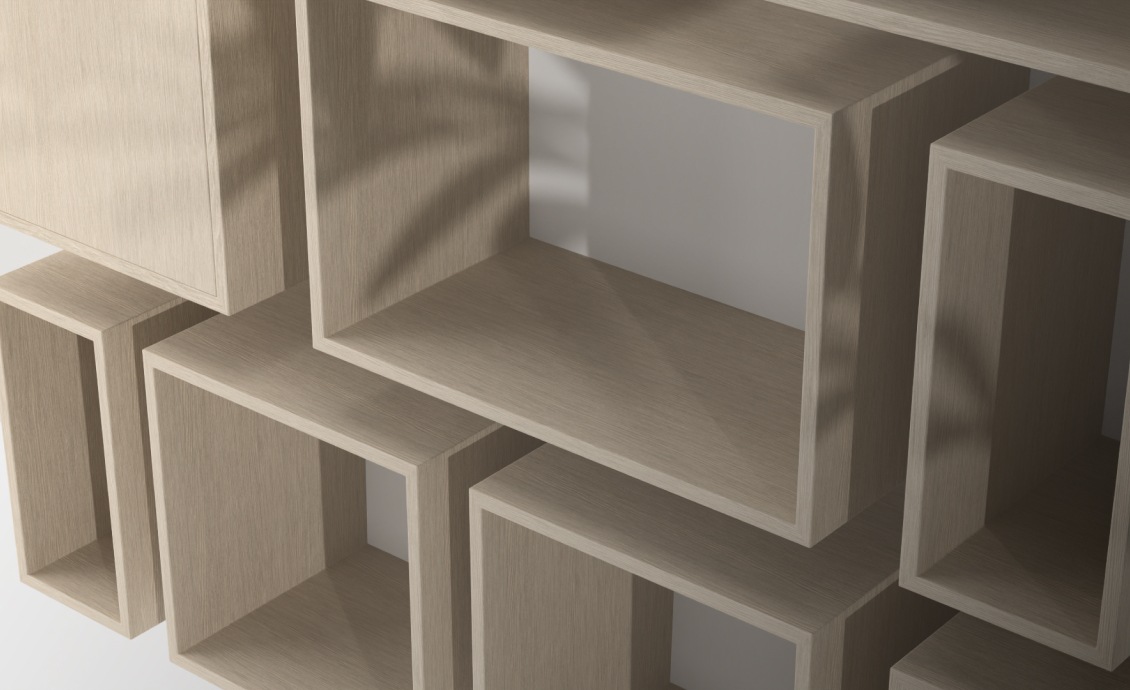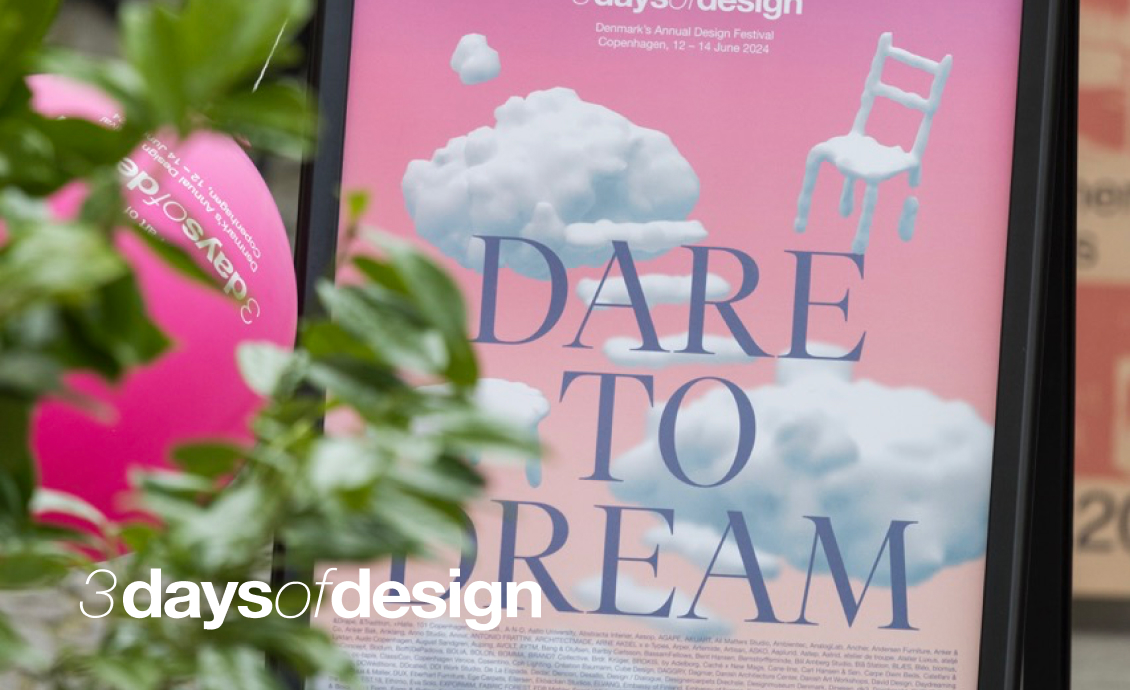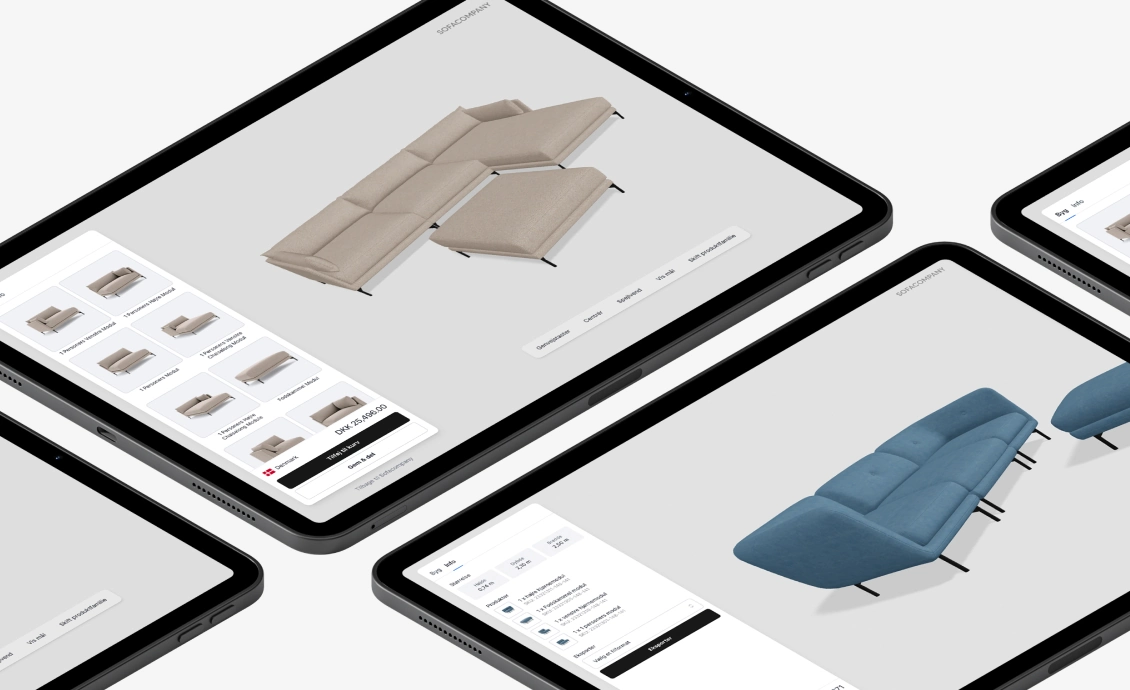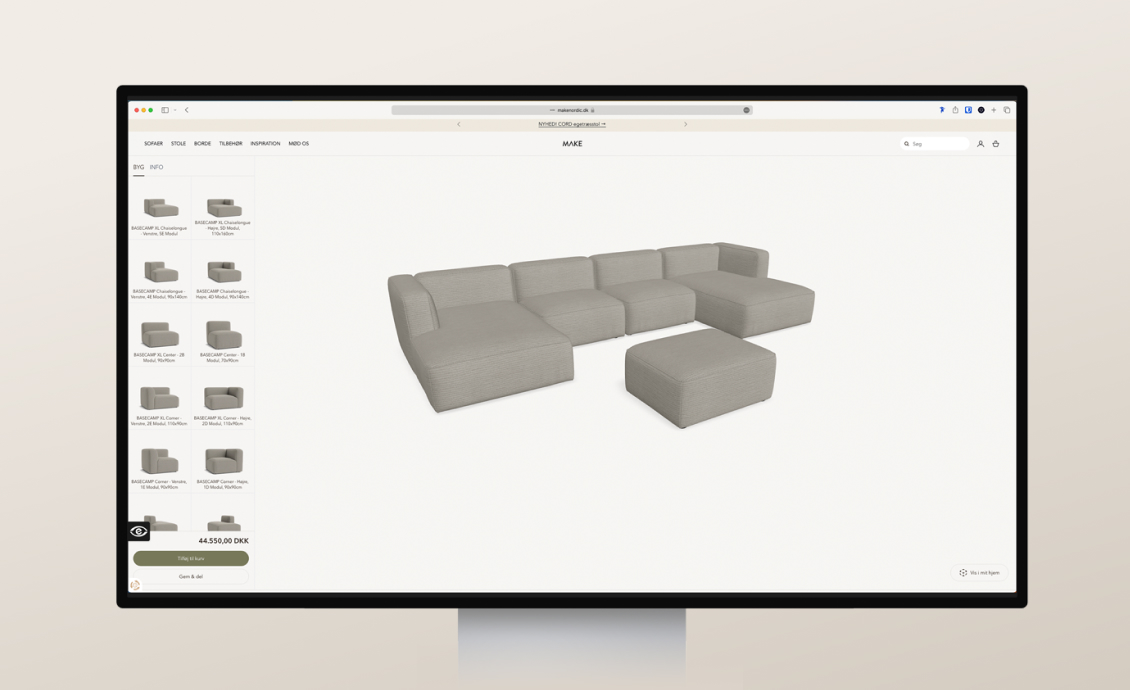
Why Shelf Configurators Are a Must for Retailers
In today’s digital age, consumer expectations are ever-evolving, and personalization stands at the forefront of this transformation. Imagine walking into a store, virtual or physical, and being able to tailor the shelves exactly to your needs, visualizing different setups, designs, and configurations. This isn’t just a futuristic fantasy; it’s the reality offered by shelf configurators. As the retail landscape rapidly shifts, driven by technology and changing consumer behaviors, shelf configurators have emerged as more than just a novel tool. They’ve become a vital asset for retailers aiming to cater to the modern shopper’s desires. In this article we delve into shelf configurators, why they are an essential tool for retailers, and the unparalleled advantages they offer in enhancing the shopping experience.
The Evolution of Retail and the Rise of Configurators
The retail world has undergone significant transformations over the past decades. The rise of e-commerce, coupled with advancements in digital technology, has shifted consumer habits and expectations. As brick-and-mortar stores faced fierce competition from online retailers, the need to innovate became paramount. Enter configurators.
Configurators, initially seen in industries like automotive and tech, allowed consumers to personalize products, tailoring them to individual specifications. It was an immediate success; consumers loved the ability to see and adjust their product in real-time, gaining a sense of ownership even before purchase. Recognizing the potential, the furniture industry began to explore this tool, with particular emphasis on shelf configurators for retailers.
Shelves, often considered as mere storage solutions, play a crucial role in both home and store environments. They dictate how products are presented, influence buying decisions, and impact overall aesthetics. By introducing configurators to the shelf-buying process, retailers granted customers the power to design their spaces down to the finest detail. This not only enriched the buying experience but also established a deeper connection between the consumer and the product, transforming the once mundane task of shelf selection into an interactive, engaging endeavor.

Benefits of Using a Shelf Configurator
Shelf Configurators provide a variety of benefits for the retailers aswell as end-customers.
Some of the benefits for retailers:
- Enhanced Customer Experience: Modern shoppers demand more than just a transaction; they seek experiences. A shelf configurator provides an interactive journey, allowing customers to visualize and tailor products according to their preferences, resulting in a deeper emotional connection and higher satisfaction levels.
- Increased Conversion Rates: By enabling customers to visualize the end product, retailers can reduce uncertainties and potential objections. When consumers can design their own shelves and see them come to life in 3D, they’re more likely to make a purchase.
- Reduction in Returns: One of the primary reasons for product returns in the furniture sector is a mismatch of expectations. A configurator ensures that customers know exactly what they’re getting, significantly reducing the chances of post-purchase dissatisfaction and costly returns.
- Valuable Data Collection: Retailers can gain insights into customer preferences by analyzing the configurations most frequently created. This data can be invaluable for product development, inventory management, and targeted marketing campaigns.
- Up-selling and Cross-selling Opportunities: As customers engage with the configurator, retailers can introduce complementary products or premium versions, subtly encouraging customers to consider additional purchases.
- Competitive Edge: Offering a state-of-the-art shelf configurator differentiates retailers from competitors, establishing them as forward-thinking and customer-centric businesses.
- Versatility Across Industries: While the current focus might be on furniture, the technology can be adapted for various products, making it a valuable asset as businesses expand or diversify.
Benefits for the End-Customer:
- Tailored Solutions: Consumers love personalization. With a shelf configurator, they have the power to design a product tailored to their specific needs and aesthetics. They can see their unique vision come to life, ensuring they get exactly what they want.
- Clear Visualization: The 3D configurator offers a tangible feel before purchasing. Customers can virtually ‘see’ and ‘experience’ the product from the comfort of their homes, alleviating uncertainties about dimensions, colors, and design.
- Empowered Decision Making: The interactive process lets customers experiment with different configurations, ensuring they make a well-informed choice. By having control over the design process, they’re more confident about their final decision.
- Hassle-Free Shopping: The online shopping experience becomes smoother and more enjoyable. There’s no need to imagine the product, make manual measurements, or wonder if the chosen configuration will fit or look good in their space.
- Engaging and Fun: Designing their own shelf or furniture piece can be a fun and engaging activity for many customers. It adds an element of excitement to the shopping process.
- Increased Value Perception: When customers have a hand in creating a product, they often perceive it as being of higher value, resulting in greater satisfaction with their purchase.
- Real-Time Feedback: The configurator provides instant feedback on their choices, such as showing possible clashes in design or suggesting complementary additions, leading to a more streamlined and satisfying design process.
In essence, for the end-customer, a shelf configurator transforms the buying process from a mere transaction to an immersive, personal experience. It’s not just about buying a product; it’s about creating something that resonates with their style and requirements.

See it in Action: Muuto’s Shelf Configurator
One of the best ways to grasp the power of a shelf configurator is to witness it in action. And there’s no better example than Muuto’s cutting-edge Shelf Configurator. Muuto, a leader in the Scandinavian furniture market, seamlessly integrates design customization with an immersive online shopping experience.
A few features that set Muuto’s Shelf Configurator apart include:
- Intuitive Interface: Users are greeted with an easy-to-navigate platform that allows even those unfamiliar with design tools to customize their shelf with ease.
- Dynamic Visualization: As users make changes, the 3D representation adjusts in real-time, offering a tangible sense of the final product.
- Versatility: From colors to sizes to additional features, the variety of customization options ensures each design is unique to the user’s tastes.
Muuto’s implementation not only strengthens their brand identity but also offers consumers a firsthand taste of the future of online furniture shopping. To truly understand the depth and breadth of what a shelf configurator can achieve, we invite you to explore Muuto’s Shelf Configurator for yourself.
The Future Outlook: Evolving with Customer Expectations
The rapid evolution of technology doesn’t only affect the tools we use; it reshapes consumer expectations. As brands continue to integrate advanced features into their online platforms, customers have begun to anticipate richer, more interactive shopping experiences. The surge in the popularity of shelf configurators is just the tip of the iceberg.
Here’s how the future landscape looks:
- Personalization at Its Peak: In the years to come, configurators will likely become even more refined. Users won’t just customize products; they’ll create pieces that reflect their personalities and lifestyles down to minute details.
- Integration of Augmented Reality (AR): While 3D visualization provides a dynamic view of a product, integrating AR will allow users to virtually place their custom-designed shelves (or any other product) within their real-world spaces, giving them a clearer understanding of fit, aesthetics, and function.
- Artificial Intelligence (AI) Assisted Designs: Imagine a configurator that can suggest designs based on a user’s browsing history, previous purchases, or even current home decor trends. AI could revolutionize the configurator experience, making it not just interactive, but intuitively responsive.
- Sustainability Choices: As environmental concerns continue to influence buying decisions, future configurators might also offer insights into the sustainability of materials or designs, allowing consumers to make eco-friendly choices with ease.
For businesses, staying ahead means continuously evolving. It’s not just about offering a configurator but ensuring it aligns with the ever-changing desires of the consumer. Those that adapt will find themselves at the forefront of a retail revolution, offering experiences that are as memorable as the products themselves.


